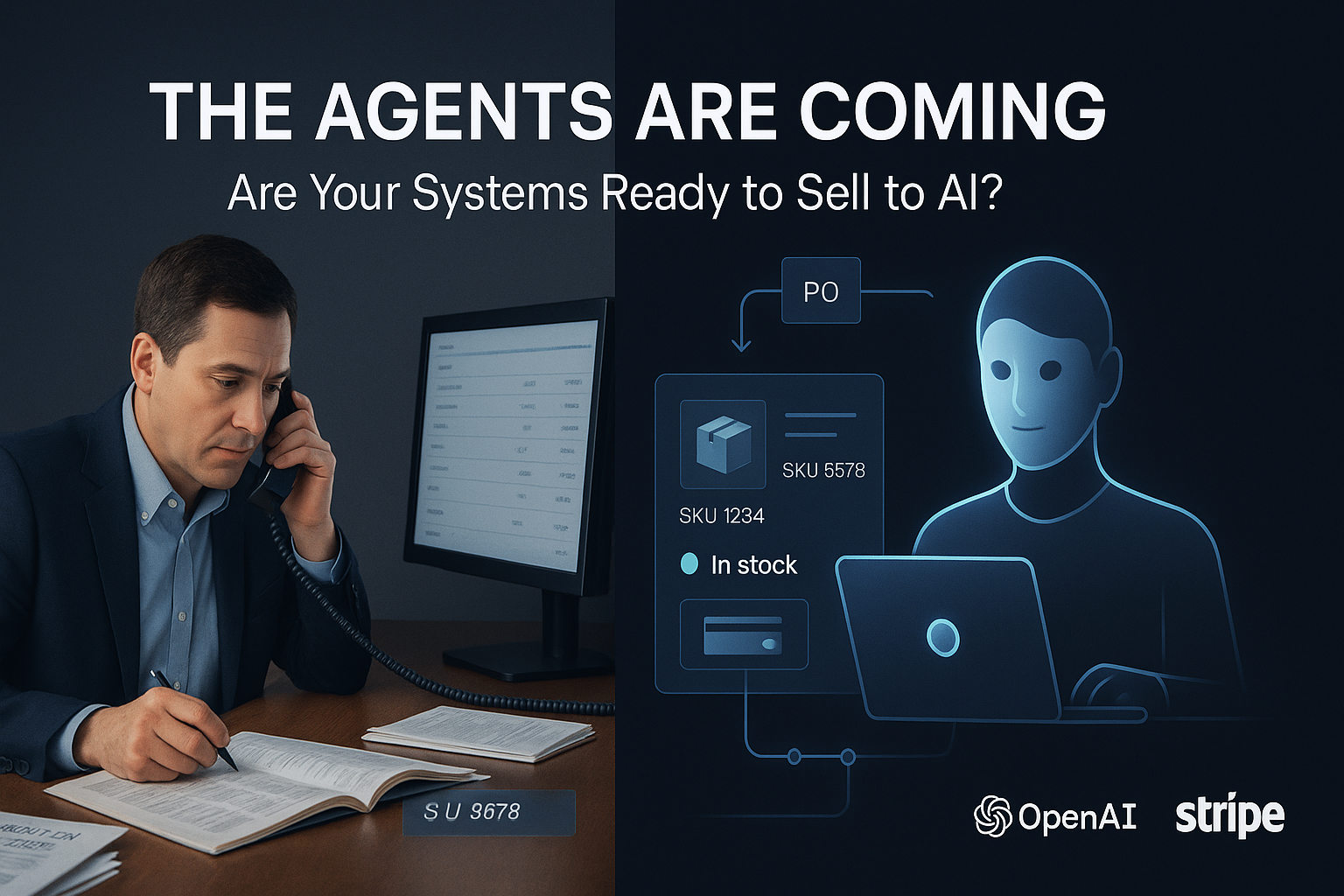
The Real Total Cost of Ownership of eCommerce Platforms: A Strategic Guide for Decision-Makers
Explore how adaptable and static platforms affect the cost of innovation — the most expensive TCO component.
Explore how adaptable and static platforms affect the cost of innovation — the most expensive TCO component.What’s the most expensive component of owning an ecommerce platform? It’s not the deployment, license, or IT fees. The biggest hidden factor is the cost of innovation or the cost of change.
With static platforms, the cost of change grows exponentially. A truly adaptable ecommerce platform, however, is built to grow with your business, delivering a predictable Total Cost of Ownership over time.
Why you should read this guide?
In this strategic guide for ecommerce leaders, we share:
✔️How adaptable and static platforms affect cost.
✔️4 real-world case studies showcasing the impact of an innovation-friendly platform.
✔️A checklist of essential questions to ask your platform vendor.
✔️Proven strategies to ensure your next platform will benefit you long after the launch.
Get your free copy now.
Recommended Events
Sorry, we couldn't find any posts. Please try a different search.







